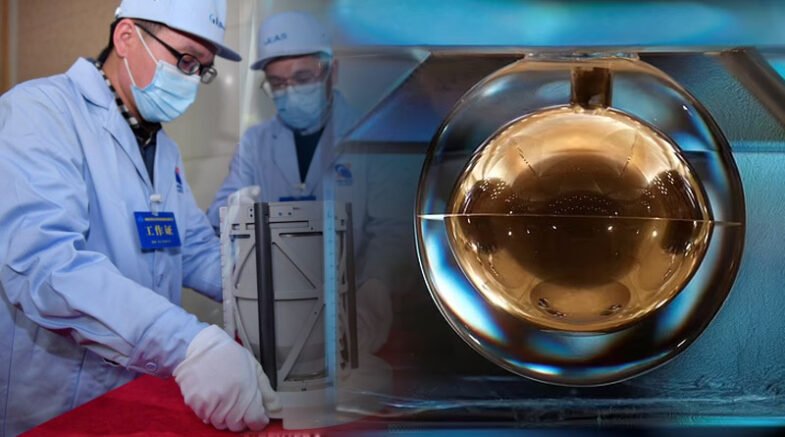The research was based on 32 glass beads that were randomly chosen from lunar dust brought back by the Chang’e 5 moon mission and was published on Monday.

In lunar samples from a Chinese mission, scientists have found a fresh and renewable source of water on the moon for upcoming explorers.
Water was embedded in tiny glass beads in the lunar dirt where meteorite impacts occur. China returned samples from the moon in 2020, and those samples contained shiny, multicoloured glass beads.
The water content of the beads, which range in size from one hair’s width to several hairs, was only a tiny portion of that, according to study participant Hejiu Hui of Nanjing University. The team estimates that there are billions or trillions of these impact beads, which could equal a significant amount of water, though extracting it would be challenging.
Hui wrote in an email, “Yes, it will need lots and lots of glass beads. On the moon, however, there are an enormous number of beads. The solar wind’s continuous bombardment of hydrogen allowed these beads to continuously produce water.
The research was based on 32 glass beads that were randomly chosen from lunar dust brought back by the Chang’e 5 moon mission and was published on Monday in the journal Nature Geoscience. More samples will be examined, according to Hui.
These impact beads, which are spread out all over, are the result of melted material cooling after being ejected by incoming space rocks.
The beads could be heated, perhaps by upcoming robotic missions, to extract water. To determine whether this is feasible and, if so, whether the water is safe to drink, more research is required. This demonstrates that “water can be recharged on the surface of the moon… a new water reservoir on the moon,” according to Hui.
Based on samples brought back by the Apollo moonwalkers more than 50 years ago, previous studies discovered water in glass beads created by lunar volcanic activity. These, too, may be able to supply water for future crews as well as rocket fuel.
By the end of 2025, NASA hopes to return astronauts to the lunar surface. They’ll aim for the south pole, where it’s thought that craters there are full of frozen water and are always in shadow.
